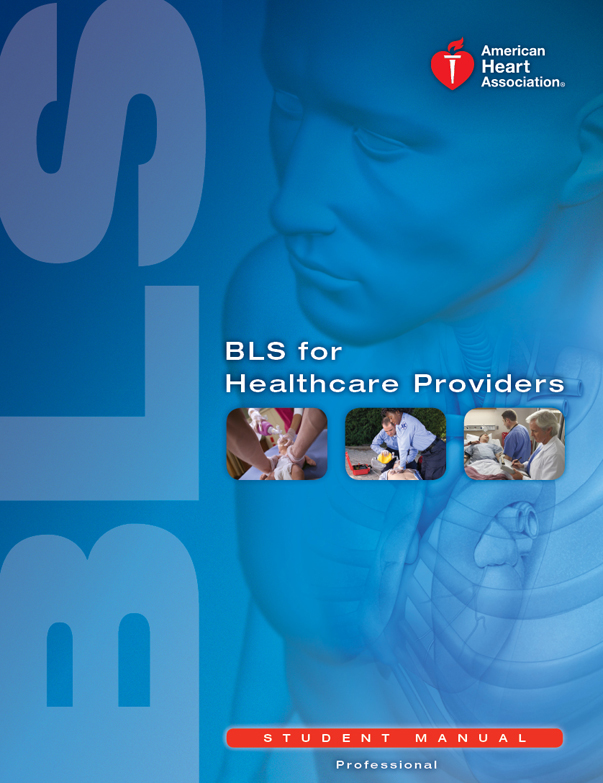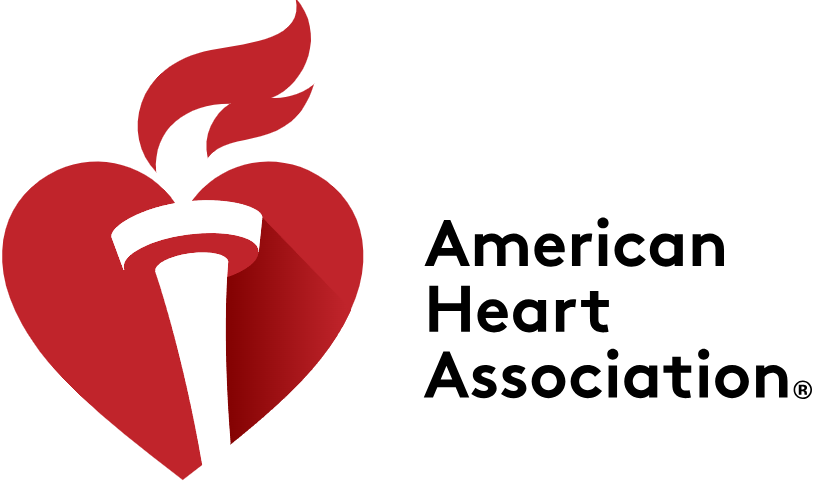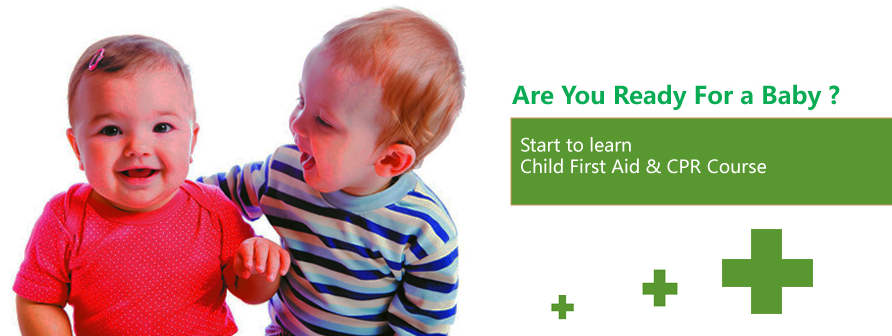Basic Life Support
Basic life support (BLS) is the level of medical care which is used for victims of life-threatening illnesses or injuries until they can be given full medical care at a hospital. It can be provided by trained medical personnel, including emergency medical technicians, paramedics, and by laypersons who have received BLS training. BLS is generally used in the pre-hospital setting, and can be provided without medical equipment.

Audience
This course is for healthcare professionals who need to know how to perform CPR, as well as other lifesaving skills, in a wide variety of in-hospital and out-of-hospital settings.
Course Content
- Key changes in basic life support, reflecting the new science from the 2010 American Heart Association Guidelines for Cardiopulmonary Resuscitation and Emergency Cardiovascular Care
- Critical concepts of high-quality CPR
- The American Heart Association Chain of Survival
- 1-Rescuer CPR and AED for adult, child and infant
- 2-Rescuer CPR and AED for adult, child and infant
- Differences between adult, child and infant rescue techniques
- Bag-mask techniques for adult, child and infant
- Rescue breathing for adult, child and infant
- Relief of choking for adult, child and infant
- CPR with an advanced airway*
* This is an introduction to the compression/ventilation rate and ratio for a patient who has an advanced airway in place. For more information on advanced airways, please refer to the Airway Management Course.
Course Format
Initial Provider Course requires approximately 4.5 hours to complete, including skills practice and skills testing.
Renewal Course requires approximately 4 hours, including skills practice and skills testing.
*course time based on 1 instructor: 6 student: 2 manikins
Features
- Video based course ensures consistency
- Instructor led, hands on class format reinforces skills proficiency
- Student manual comes with new Pocket Reference Card, designed to provide quick emergency information to the rescuer at any time.
- Updated Science based content
Certification
American Heart Association BLS for Healthcare Providers Course Completion Card is valid for two years.
In the classroom, students participate in simulated clinical scenarios and learning stations. Students work with an AHA BLS Instructor to complete BLS skills practice and skills testing. Students also complete a written exam.
Background
Many countries have guidelines on how to provide basic life support (BLS) which are formulated by professional medical bodies in those countries. The guidelines outline algorithms for the management of a number of conditions, such as cardiac arrest, choking and drowning. BLS generally does not include the use of drugs or invasive skills, and can be contrasted with the provision of Advanced Life Support (ALS). Most laypersons can master BLS skills after attending a short course. Firefighter, lifeguards, and police officers are often required to be BLS certified. BLS is also immensely useful for many other professions, such as daycare providers, teachers and security personnel and social workers especially working in the hospitals and ambulance drivers.
CPR provided in the field increases the time available for higher medical responders to arrive and provide ALS care. An important advance in providing BLS is the availability of the automated external defibrillator or AED. This improves survival outcomes in cardiac arrest cases.
Basic life support consists of a number of life-saving techniques focused on the medicine "CAB"s (previously known as ABC. was recently changed by the American Heart Association) of pre-hospital emergency care:
- Circulation: providing an adequate blood supply to tissue, especially critical organs, so as to deliver oxygen to all cells and remove metabolic waste, via the perfusion of blood throughout the body.
- Airway: the protection and maintenance of a clear passageway for gases (principally oxygen and carbon dioxide) to pass between the lungs and the atmosphere.
- Breathing: inflation and deflation of the lungs (respiration) via the airway
Healthy people maintain the CABs by themselves. In an emergency situation, due to illness (medical emergency) or trauma, BLS helps the patient ensure his or her own CABs, or assists in maintaining for the patient who is unable to do so. For airways, this will include manually opening the patients airway (Head tilt/Chin lift or jaw thrust) or possible insertion of oral (Oropharyngeal airway) or nasal (Nasopharyngeal airway) adjuncts, to keep the airway unblocked (patent). For breathing, this may include artificial respiration, often assisted by emergency oxygen. For circulation, this may include bleeding control or Cardiopulmonary Resuscitation (CPR) techniques to manually stimulate the heart and assist its pumping action.
























